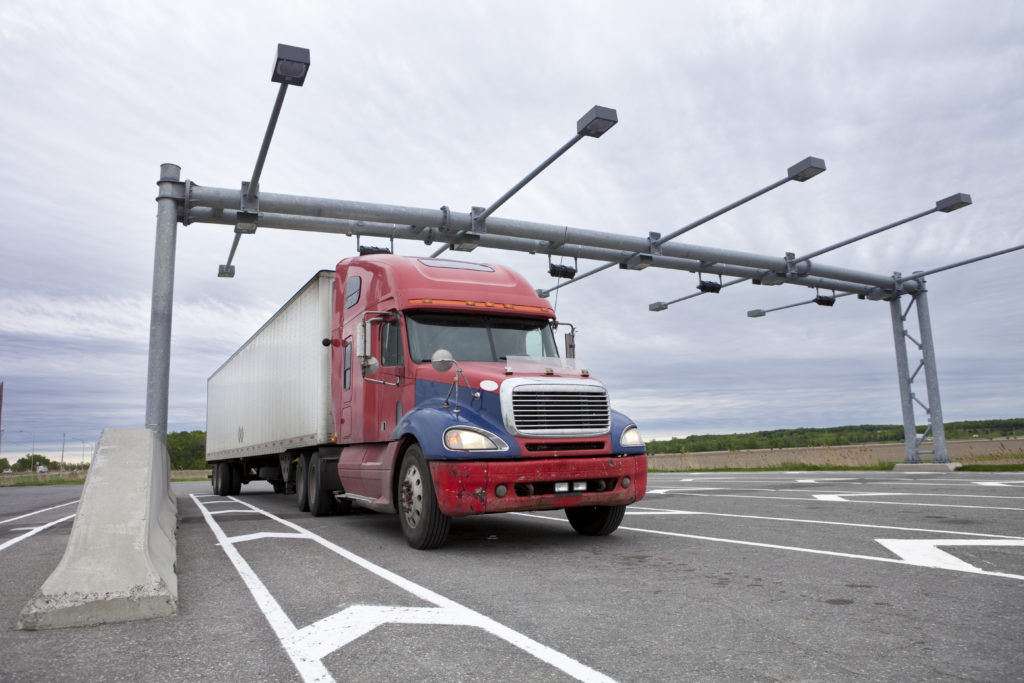
Trucking operations across the country have had to adapt their protocol and day-to-day business practices to the realities brought on by the coronavirus pandemic. These changes included everything from technology use to sanitation routines, but some major changes that have come about are those regarding new driver orientation and training methods.
“We’ve done quite a few things,” said Roadmaster Drivers School president, Brad Ball. “We stopped training on the weekends and enhanced our cleaning efforts. We started handing out protective gear to the students. We’re requiring masks on campus and 6-foot distancing.”
The biggest difference, Ball said, is the change in driving student numbers allowed at a time.
“We reduced the number of students we have in school because of social distancing, and we actually took out chairs and computers so the students are sitting 6 feet apart. All of our schools across the country have a lower maximum number of students in the classroom.”
Additionally, at Roadmaster, students now must be informed of all potential coronavirus risks during any training process. Informative signs have been posted throughout training facilities, and an additional class has been added that is dedicated specifically to a trucker’s coronavirus risks while on the job.
“The first thing that we did was we met with our physician and outlined a questionnaire to make sure that anybody we were bringing in did not have an extra risk in contracting COVID,” said Prime Inc. manager of driver recruiting, Travis Bacon. “We required everyone to pass that questionnaire.”
Springfield, Missouri-based Prime Inc. has been keeping students as separated as possible with more options of class times, and has implemented virtual training classes–something not often considered in the world of new truck driver training and onboarding processes.
“We also started going to a virtual orientation,” said Bacon. “Basically, we were having them complete their interview virtually, [and] all the classes that they are able to do virtually.”
C.R. England’s vice president of driver recruiting and schools, Wayne Cederholm, agreed that the virtual aspects of the new reality of training have been a major shift within the industry, and that there are some hefty limits to remote truck driver training in general.
“It has been the most unique challenge I have faced in my career, personally, when it comes to training truck drivers, and even recruiting them,” Cederholm explained. “[Out of] a couple of big changes that we have made, one is that we do have a remote orientation. We provide masks to every single employee, driver, [and] applicant that comes through our facility. We have spread out how many people can go on a truck at any given time. We have completely reduced our rations.”
In terms of new driver training technology, Schneider National unveiled its completely-remote driver orientation program in September, which will work to help incoming truckers social distance and still receive proper orientation and onboarding experiences.
“The remote course that is covered in hotel conference rooms is the same curriculum that is being presented at Schneider training academies,” said Schenider’s vice president of safety, driver training, and compliance, Tom DiSalvi. “It’s just being broadcasted remotely to allow for even greater social distancing.”
DiSalvi also explained that remote orientation has the capacity to be provided to the same number–or to even more–students than would regularly be training in a traditional in-person class, and all orientations are conducted from designated hotels located close to Schneider training facilities.
“Very little change was required, other than [that] all of our students are now issued Chromebooks,” said DiSalvi. “We have coordinated remote training classes for our office and shop associates in the past, but this is the first time we’ve done remote training for our driver associates.”
Not all trucking companies have fully embraced virtual orientation and training, yet, though, and understandably so, when truck driving is, of course, a career with duties that must be executed in-person.
“We have dabbled in [remote training], we’ve tested it, and we’re not there yet,” said Roadmaster’s Ball. “We’re not convinced virtual training is an efficient method of training people who are learning how to drive a truck. It’s a very hands-on thing that we’re teaching here, and we just found that being in the classroom is just the right way to teach this curriculum at this time.”




